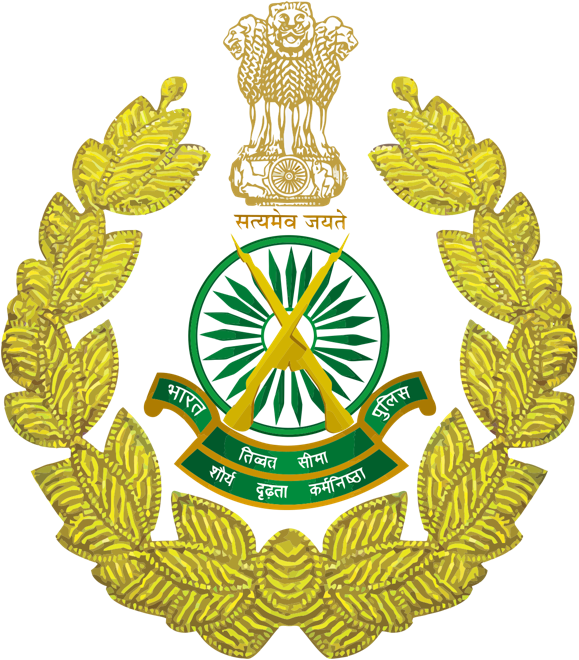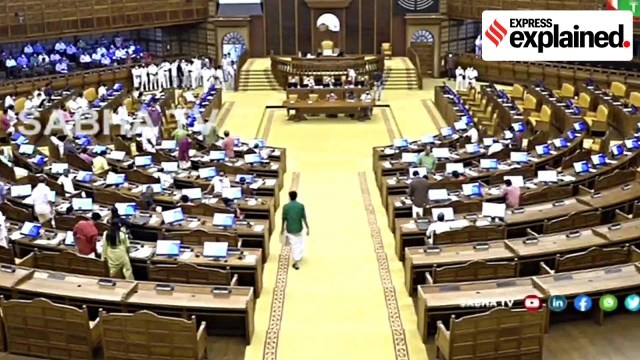Description

Copyright infringement not intended
Context: Cabinet Committee on Security approved the induction of over 9,000 troops in the Indo-Tibetan Border Police (ITBP).
Details:
- The ITBP decision, meanwhile, will entail the raising of seven new battalions and a new sector headquarters. With ITBP being the first line of defence on the China border, sources said this will strengthen the security grid on the LAC.
- It will also provide a window for the ITBP to rest, recuperate and train its personnel, they said.
- This was a long-pending proposal from the ITBP, and has been there since 2013-14.
- Initially, it was envisaged to raise 12 new battalions, but that has now been decreased to seven battalions. This is in conjunction with the decision to increase the number of border outposts and staging camps along the LAC
.jpeg)
About:
- The Indo-Tibetan Border Police (ITBP) Force was raised on 24 October, 1962.
- At present, the ITBP guards 3,488 km long India-China borders ranging from the Karakoram Pass in Ladakh to Jachep La in Arunachal Pradesh.
- Apart from this, the Force also has important roles in many internal security duties and operations against the Left Wing Extremism in the state of Chhattisgarh.
- Most of the ITBP’s Border Out Posts (BOPs) are located at altitudes ranging from 9,000 ft to 18,800 ft where temperatures drop to minus 45 degrees Celsius in extreme winters.
- ITBP is a specialized Armed Police Force of the Nation which trains its personnel in various disciplines including mountaineering and skiing apart from intensive tactical training, thereby creating a distinctive image of the Force.
- ITBP also conducts relief and rescue operations as 'First Responders' for natural calamities in the Himalayan region.
- The Force has responded in hundreds of search, rescue & relief operations over the years to provide succour to thousands of citizens in distress due to various calamities.
- The Force has a glorious history of the past 6 decades in which the jawans of the ITBP have made many sacrifices in the line of duty and in the service of the Nation.
Task:
- Safeguard the security of borders of India and promote sense of security among the people living in border areas.
- Prevent trans-border crimes, smuggling, unauthorized entry into or Exit from the territory of India and any other illegal activity.
- Provide security to sensitive installations, banks and persons of security risk.
- Restore and preserve order in any area in the event of disturbance therein.
Security Forces in India:
Military Forces:
- Indian Army: is the land-based component of the armed forces. It is evolved from the armed forces of the East India Company, ultimately turned into the British Indian Army and the Indian Army after independence. It is commanded by the Chief of Army Staff (COAS). The Special Force of Indian Army is Parachute Regiment.
- Indian Navy: secures India's maritime borders and interests. It also safeguards Indian trading vessels by combating piracy on the high seas. Along with this, it assists the common people during disasters. It is commanded by the Chief of the Naval Staff - an Admiral. The Marine Commando Force, also known as MARCOS is a Special Forces unit of the Indian Navy.
- Indian Air Force: primary responsibility is to secure the Indian airspace and to conduct aerial warfare during a conflict. Chief of Air Staff (An Air Marshal) is the commander of the air forces in India. Garud Commando Force is the special forces unit of the Indian Air Force.

Central Armed Police Forces/ Paramilitary Forces in India:
- Assam Rifles: established in 1835, the oldest of all paramilitary forces, plays a crucial role in North East India, handling counterinsurgency and border security operations.
- Border Security Force: is the border guards of the country and is called the ‘India’s First Line of Defence’.
- Central Industrial Security Force: was established in 1969, under an Act of Parliament, “Central Industrial Security Force Act, 1968.” It provides integrated security cover to the PSUs, airports, SEZs, nuclear installations, space establishments, seaports, power plants, sensitive Government buildings, heritage monuments. CISF is also responsible to provide protection to the persons classified as Z Plus, Z, X, Y.
- Central Reserve Police Force: was established by the enactment of the CRPF Act in 1949. The primary mission of the Central Reserve Police Force is counter-insurgency operations. It also assists the State and Union Territories in police operations to maintain law and order. Apart from this, the force participates as a police force in the UN peace-keeping missions.
- Indo-Tibetan Border Police: was created under the CRPF Act. It guards the Indo-Tibetan border and the mountainous regions of the India-China border and monitors the northern borders. It has been deployed in UN peacekeeping missions as well.
- Sashastra Seema Bal: They guard Indo-Nepal and Indo-Bhutan Borders. They are also deployed during elections as polling booth security.
Special Forces of India:
- National Security Guards: is a special forces unit under the Ministry of Home Affairs. It is established to counter the surge of militancy in the country.
- Special Protection Group: is the most elite, nodal protection agency in the country. It is an armed force of the Union for providing immediate security to the Prime Minister of India, the former Prime Minister and members of their close family members. The Special Protection Group (SPG) under the Cabinet Secretariat commences under Special Protection Group Act, 1988.


https://www.thehindu.com/news/national/with-an-eye-on-china-union-cabinet-clears-7-itbp-battalions/article66512411.ece











